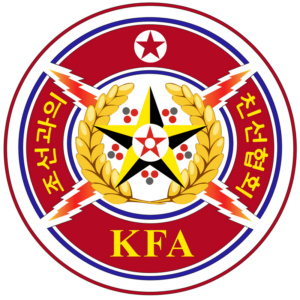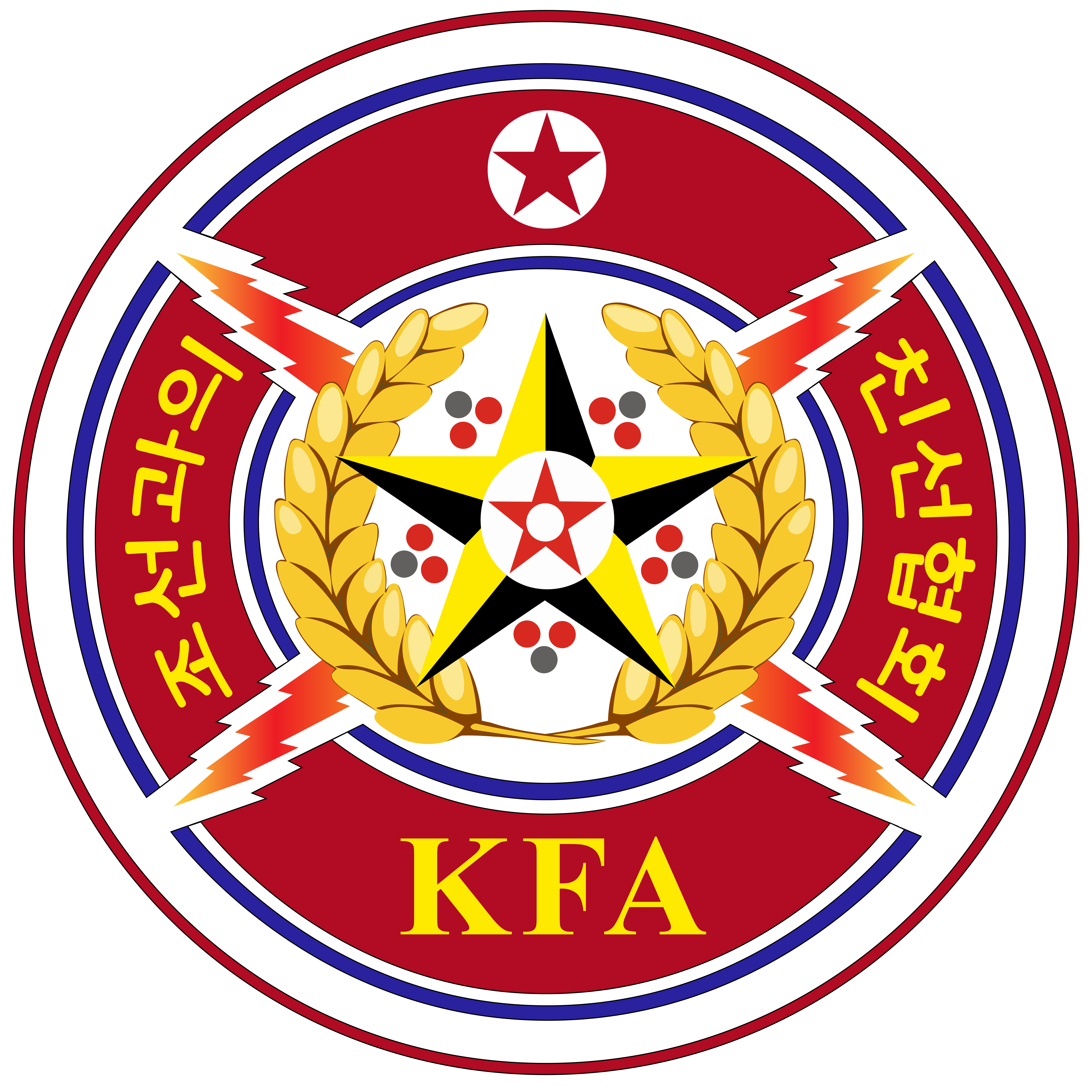News
World-famous Korean Silk
Pyongyang, September 23 (KCNA) — The Korean silk has been well known to the world for its light, durable and soft characters and beautiful patterns.
Korea had already produced quality silk in the late primitive age and ancient times. It is evidenced by the relics of Jithap-ri in Pongsan County of North Hwanghae Province and other relics dating back to the Neolithic Age and the Bronze Age. Among them are earthenware with silkworms depicted.
In the period of the Three Kingdoms (early 3rd century B.C.-middle 7th century A.D.), the technology of weaving silk fabrics was disseminated even to Japan.
The silk-producing technology was further developed and its kind got more diversified in the period of Koryo Kingdom (918-1392). And the quality “Koryo silk” was exported to neighboring country and even to the Middle and Near East.
In the period of feudal Joson dynasty (1392-1910), mulberry fields were increased and silk-producing bases came into being throughout the country.
In particular, Nyongbyon, famous for Yaksandongdae known as one of the eight scenic spots in the northwestern part of Korea, was a leading silk producing place and the quality of its silk was very high.
After Korea’s liberation from Japan’s colonial rule, President Kim Il Sung saw to it that a modern silk producer was built in Nyongbyon and personally named some of its silk fabrics “Yaksandan” and “Kuryongdan”.
Various kinds of silk fabrics produced in Nyongbyon are now enjoying popularity not only among the Korean people but also among foreigners. -0-


